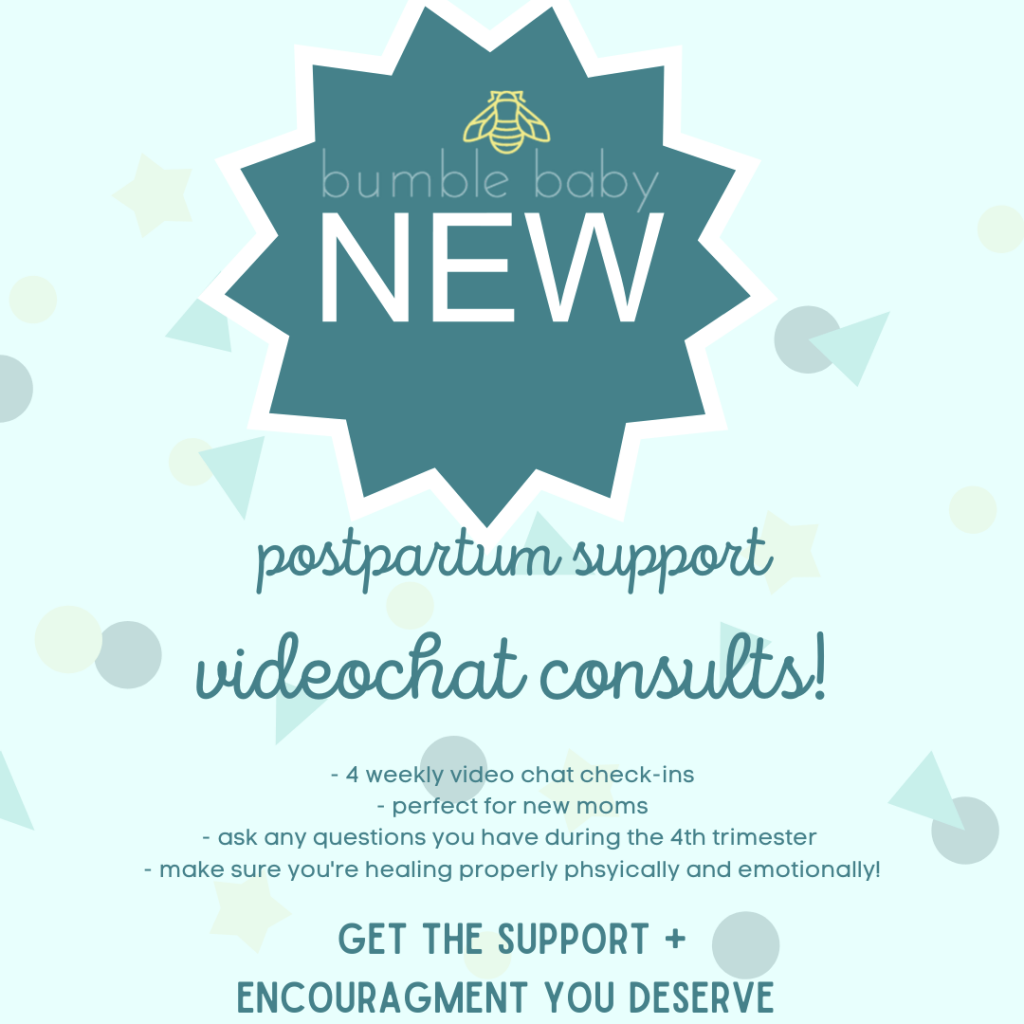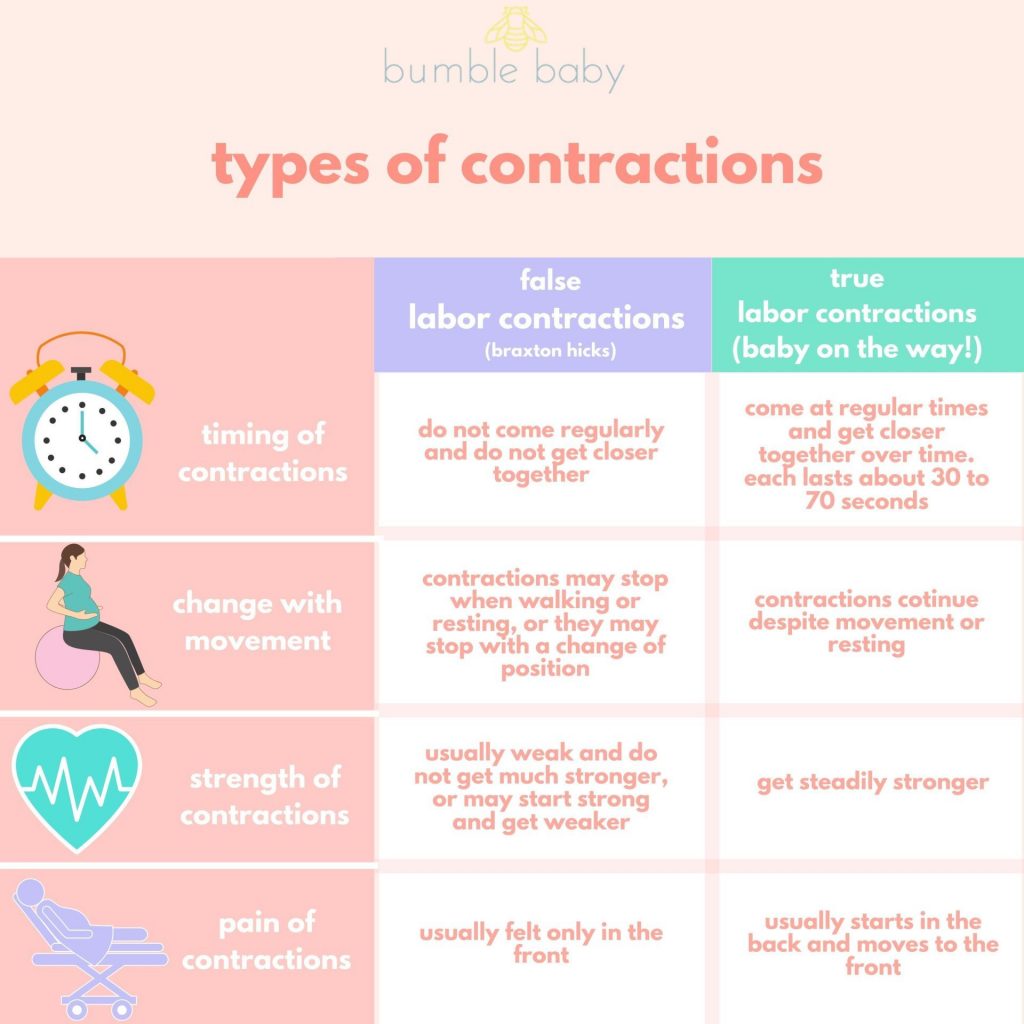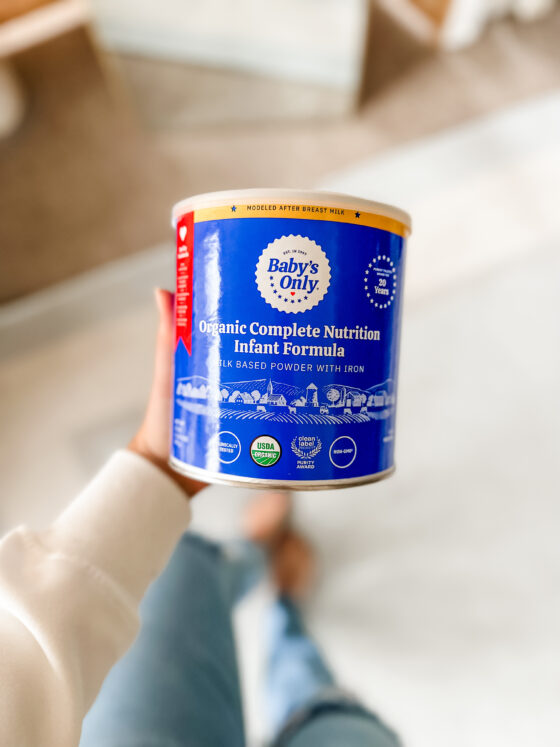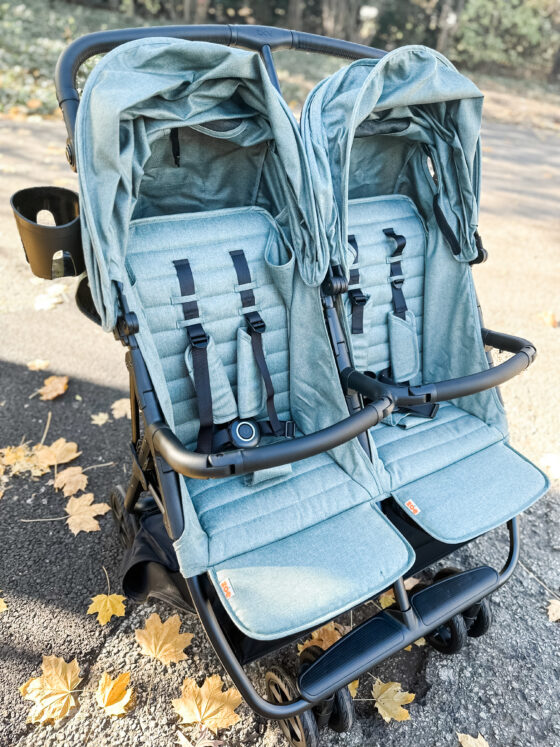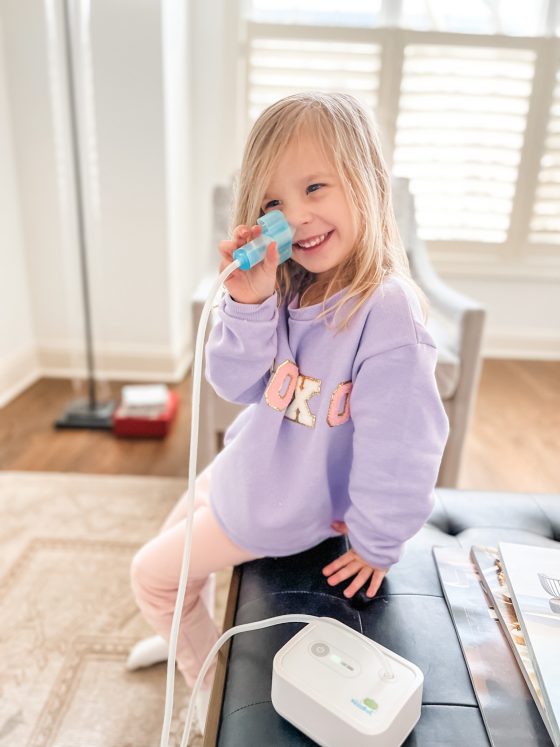How to get through the third trimester of pregnancy

The third trimester is both exciting and tiring! You’re patiently awaiting meeting that sweet baby – but can get super uncomfortable and READY to deliver!
Sleep
Sleep changes in the third trimester because it’s SO HARD to get comfortable! If you haven’t invested in a pregnancy pillow, trust me, it’s worth it. I love this bbhugme pregnancy pillow because it’s filled with Biofoam beads to help relieve pelvic pain and mold to your body during different stages of your pregnancy.
This is my favorite budget friendly one because it’s extra long and supports my whole body (I’m 5’7” for reference).
Hormones can also make it harder to sleep – they can cause insomnia. This was the hardest part for me! I would be up for hours in the night or seem to be in that twilight stage of sleep.
A sound machine (this is the one I use at night and baby can use it too), sleeping mask, pregnancy pillow and unisom (a OTC pregnancy safe sleep aid) will help you through. Try ½ a pill of unisom to prevent drowsiness (of course, always talk to your provider before starting any medication).
Remember that it’s safest to sleep on your side or elevated on your back during pregnancy to promote the best blood flow to baby. That growing belly can get HEAVY!
Travel
Typically, providers advise not to travel after 36 weeks of pregnancy. Talk to your provider to see what they suggest, especially if you have a history of preterm or precipitous (super fast) labor.
Viruses such as Zika have quieted down in the last few years, and travel restrictions change often. Check with the CDC here on the latest recommendations.
When you are pregnant, you are slightly immunocompromised – meaning you can get sick more easily. Follow your standard precautions – washing your hands often with warm soap and water, using hand sanitizer, and avoiding sick people and crowded places unless necessary.
COVID-19
Catch up on the latest info here.
Kick counts
Keeping track of how often baby moves is a great indicator of baby’s well-being. Starting in the third trimester, “counting kicks”, or tracking movement, can give you good insight. On average, you should feel 10 movements an hour.
If you are feeling less movement or NO movement in an hour, contact your provider immediately. They will most likely advise you to try drinking a sugary drink (juice etc.) to get baby moving or possibly have you come in for a spot heart rate check.
Keep in mind that babies at this gestation do have normal sleep and wake periods, so there’s a chance that baby is sleeping in utero. HOWEVER, DO NOT DELAY calling your provider. Time is of the essence in this situation – minutes COUNT if there is something going on with baby.
If your provider decides to bring you in for monitoring, they will track baby’s heart rate in a non-stress test. This is basically just a heart rate and contraction monitor to make sure that baby is getting the oxygen it needs and gives practitioners a better look at what, if anything, is going on.
Seat belt safety
Check out our seatbelt reel for how to wear a seatbelt when expecting. If you need help choosing or installing your car seat (in-person or virtually) Renée is a national certified car seat technician – book a consult with her today! I used the Nuna Pipa for all three of my kids. A budget friendly option and a carseat that extends into toddlerhood is the Cosco Scenera Next Convertible carseat that can be used rear-facing for infants.
Renée can help you install your car seat virtually or in-person. Book a consult with her today! Click here to read more about Renée’s background.
Setting up the nursery
You’ll probably want to the nursery to be all ready before baby comes (especially if it’s your first!). But don’t feel rushed – babies typically sleep in your room in a bassinet for the first few weeks. Make sure to check out my safe use of bassinets and other containers in my post here.
You really don’t need much in those first few weeks! Read up on my postpartum essentials for mom and postpartum baby essentials blog posts to know what you really need for the first 21 days of postpartum.
I also wrote a blog post on what I stocked up on, tossed, and replaced for Roey’s pregnancy (my third baby) and postpartum period.

End of pregnancy decisions
Birth plans
I haven’t really shared a birth plan…because I never had one! As a NICU nurse, my priority was always get the baby out in the safest way possible, and secondly, keep me safe. If that meant a c-section, then so be it!
Natural vs. Medicated
Natural
- Know your options! If a natural birth is something you are interested in, consider hiring a doula or another form of support. Natural births can happen in the hospital – it’s very common! So just because you don’t want to use meds, doesn’t mean you can’t give birth in a hospital.
Medicated
- Epidural
- An epidural is the most common form of pain relief (and what I used) in labor. A tiny catheter is placed in your spinal canal in which medication is delivered to numb your lower extremities through an IV pump for constant pain relief. In addition to the constant delivery of medication, you can have spot doses that you control (patient controlled analgesia) by pressing a button for breakthrough pain. You will remain awake during an epidural, however, you will be numb from the injection site down and be able to move only minimally.
- The catch? It doesn’t always work! Some people report no pain relief or numbness only on one side of the body. This is not the norm, though. Most often the epidural works well.
- An epidural is the most common form of pain relief (and what I used) in labor. A tiny catheter is placed in your spinal canal in which medication is delivered to numb your lower extremities through an IV pump for constant pain relief. In addition to the constant delivery of medication, you can have spot doses that you control (patient controlled analgesia) by pressing a button for breakthrough pain. You will remain awake during an epidural, however, you will be numb from the injection site down and be able to move only minimally.
- Spinal block
- Spinal blocks are similar to epidurals but only last about 2 hours. Commonly used for planned c-sections. You will not be able to move below where the block was placed (or move very minimally).
- IV medication
- IV opioids can be given in lieu of an epidural. The medication is safe and passes minimally to your baby. You will be awake and able to move around during this time.
- Local anesthetics
- Local anesthetic blocks can be used in some situations, but this is less commonly used. You will be awake with this method.
- General anesthesia
- General anesthesia will only be used in emergency c-sections. You will not be awake during this time.
You can read more about treating your pain during labor here.
Cord blood banking
Cord blood banking is collecting and storing the blood from the umbilical cord after a baby is born. Cord blood contains blood-forming stem cells, which are potentially useful for treating diseases that require stem cell transplants (such as certain kinds of leukemia or lymphoma, aplastic anemia, severe sickle cell disease, and severe combined immunodeficiency). It could potentially be used for the same baby in which the cord blood comes for or a sibling.
Cord blood banking isn’t a routine procedure. So if you want to have your baby’s cord book banked, you will have to inform your provider before birth.
It’s pricey – around $1000-$2000 dollars + a yearly fee of about $100 dollars.
Cord blood banking is a relatively new science and there is not a ton of research yet. You can read more about cord blood banking here. I did not bank cord blood for any of my kids.
Breastfeeding
Breastfeeding is an option and a choice. You know that I am a BIG proponent of doing what’s right for you and your family – however that looks.
Breastfeeding is very much a learning process for you and your baby. Taking a breastfeeding class is helpful, but much of it is learned on the job! I highly suggest seeing/speaking to a breastfeeding counselor before and after birth. Have an appointment set up for a few days postpartum to address any issues and correct them early for the best success.
Purchasing a breastpump
Breastpumps are covered by most insurances. You can see what your insurance covers through Ashland Breastpumps or Aeroflow Breast pumps.
A good time to order/purchase your pump is about 28 weeks into pregnancy.
My favorite pumps:
- Medela Sonata
- I used this for Bee – it’s SO quiet, has a portable battery so you don’t have to be plugged into the wall. The suction was gentle and very effective. I would pump on the couch, in the car, etc. The catch – most insurances only partially cover this pump so you will have to pay an upgrade fee. To me, it was worth it! I used the Medela Pump in Style with Finn and I was not a fan. It was not efficient for me and it HURT!
- Spectra S1
- This is the pump I got for Roey! I have yet to use it because I have just been using my Haakaa and hand pump (it’s super efficient for me), but people LOVE it. It’s also portable, has a battery and a nightlight, is quiet and effective. Insurance usually covers this pump fully and it’s a GREAT option!
If your insurance doesn’t cover a pump:
- Hand Pump – this is what I used! It’s a narrow neck so use if you have narrow neck bottles. If you have wide neck bottles, then use the Lansinoh hand pump. I have a ton of adapters for bottles, pumps, and baggies in my Back to Work post.
- You’ll need a Haakaa – it’s my favorite mom item! Check out my how to use a haakaa post.
Checkout my other posts on breastfeeding:
- Weaning from breastfeeding + pumping
- How “breast rest” saved my breastfeeding journey
- Collecting colostrum while you’re pregnant
- Nipple shields
- Blocked ducts + mastitis
- How to use a haakaa properly
- How to efficiently store breastmilk + make breastmilk bricks
- How to know if you have high lipase + how to battle it
- 5 common nipple issues
Book a breastfeeding or combo feeding consult now with Natalie Lauren, or Kate (NICU RNs)
Formula feeding
You know that I am a BIG proponent of doing what’s right for you and your family – however that looks. It may look like formula feeding only from day 1! THIS IS AN OPTION!
Checkout my posts on formula:
- How to supplement with formula
- How to strictly formula feed after birth
- All of your formula questions answered
- Correctly bottle feeding your baby + why it’s important
Combo feeding
Combo feeding is an option! Read more on how to supplement and add formula into breastfeeding in my post here.
Have any questions about feeding your baby? Schedule a text or video chat consult with Kate, Lauren or Natalie (NICU RNs) and they can help answer any questions that you have on breastfeeding, formula feeding or combo feeding!
Hospital stays
In general, a vaginal birth allows for 2 days stay in the hospital.
In general, a c-section birth allows 5 days stay in the hospital.
KNOW YOUR RESOURCES:
- Lactation consulting in the hospital should be available to you 24 hours a day. Ask your nurse to put in a consultation for you.
- Infant nursery overnight
- Harvesting colostrum during pregnancy is helpful postpartum. I was able to send Roey to the nursery overnight with harvested colostrum so I could get some rest. Read more in my blog post here.
Postpartum plans
Read up on my postpartum essentials for mom and postpartum baby essentials blog posts to know what you really need for the first 21 days of postpartum.
Support system
- Family or a close friend
- Therapist
- Professional help
- Breastfeeding counselor
- Book a consult with me, Lauren or Natalie!
- Therapist
- Sleep consultant
- Night nurse
- Psychologist or intern that specializes in postpartum health
- You can find support in your area here through Postpartum Support International.
- Deema is a maternal mental health specialist who can help you through video chat. Click here to book with her.
- We also offer a prenatal and postpartum virtual support package that consists of 4 weekly video chats to help guide you through a vulnerable time and give make sure you’re healing properly physically and emotionally. Book now with Kate, Lauren, Natalie or Deema.
- Breastfeeding counselor
- Checkout our FREE postpartum depression e-guide that is available in our store. Deema (psychotherapist who specializes in women’s mental health) wrote this detailed free e-guide to help you learn more about postpartum depression and to highlight the resources that are available to you. Read more about Deema’s professional background here.
- Checkout Deema’s postpartum care plan fill-in-the-blank e-guide that covers all of the basic necessities and logistics that you’ll need in order to move through the postpartum period.
When to call your doctor
Contractions:
Contractions that are regular, painful (you cannot talk through them) and that originate in your back are typically true contractions. However, if you are experiencing any regular contractions, you should call your health care provider to get their advice. I love this contraction timer app.
**Even though some contractions can fall under “false” contractions, you should still contact your provider to get their advice.
Bleeding:
Some spotting CAN be normal, but anytime you are having any bleeding, you should contact your healthcare provider ASAP. If you’re having heavy bleeding, call 911!
Water breaking:
Your “water” breaking is actually your amniotic sac breaking and this causes a gush of amniotic fluid. If your water breaks, you need to call your provider ASAP.
When the amniotic sac tears, this introduces bacteria into a previously sterile environment. It’s important to deliver within 24 hours of your water breaking to prevent infection to you and your baby.
My water never broke at home! I went into labor spontaneously with Finn (40.3 weeks) and Bee (38.2 weeks). My water broke in triage with Roey and it was just like the movies – GUSHES of water!
I did have a positional leak when I was pregnant with Finn. This means that in some positions, I would get a small gush of water that would resolve when I changed positions. This can come from the forebag of fluid (an outer layer of the amniotic sac). You should contact your provider ASAP if you have intermittent gushes of fluid.
Amniotic fluid should be clear and non-odorous. Sometimes , your baby can pass a bowel movement in utero (this is called meconium). This can be normal if the baby is post-term. However, it poses a risk for the baby as the baby can aspirate the meconium during birth (breathe it in). This happened to Finn! Meconium is sticky and can cause the baby to have respiratory distress. Your provider will know just what to do and have an extra set of hands from the neonatal doctors and nurses at birth.
Vision changes/rapid swelling:
Vision changes and rapid swelling in the hands, feet, and face can indicate a high blood pressure (preeclampsia) and a rare condition called HELLP syndrome. Contact your provider ASAP. DO NOT WAIT.
Pelvic girdle pain:
THE WORST! I had this with all of my pregnancies. The pain is due to the pressure of the baby on your pelvis and stretching of muscles. It feels like fire on your pubic bone. OUCH. This support girdle is the one I used. It can help off-load the pressure and support your back. I like it because it can be used postpartum as well.
Pelvic floor therapy can be helpful during this time to strengthen other muscles and lift pain. Ask your provider for a referral.
Trusting your instinct:
YOU KNOW YOUR BODY BEST. If you think something is off with your body or your baby, TRUST YOUR INSTINCT. Keep calling your provider.
Needing some help with your baby registry? Check out our first time baby registry blog post with all of our recommendations and favorite things to add to your registry!
Checkout out these labor and delivery virtual classes to prepare:
Use code BUMBLEBABY for discount on all mommy labor nurse virtual classes!
Have more questions? Schedule a text or video chat consult with Kate, Lauren or Natalie (NICU RNs) and they can help answer any questions that you have!
BOOK CONSULT NOW
Do you want to feel prepared for newborn sleep? Watch the recorded version of Kate’s sleep workshop on how to ensure successful sleep in your infant 0-4 months.
WATCH WORKSHOP NOW
Other helpful blog posts:
- Hospital bag essentials
- First time baby registry
- Labor and delivery – everything you need to know
- Kate’s favorite trying to conceive, pregnancy and breastfeeding safe products
- Postpartum essentials for mom
- Postpartum essentials for baby
- 13 things no one tells you about postpartum
- How to navigate a c-section
- Collecting colostrum while you’re pregnant
**This post is educational and not meant to take the place of your provider. Bumblebaby makes a small commission on some of the items listed above.












